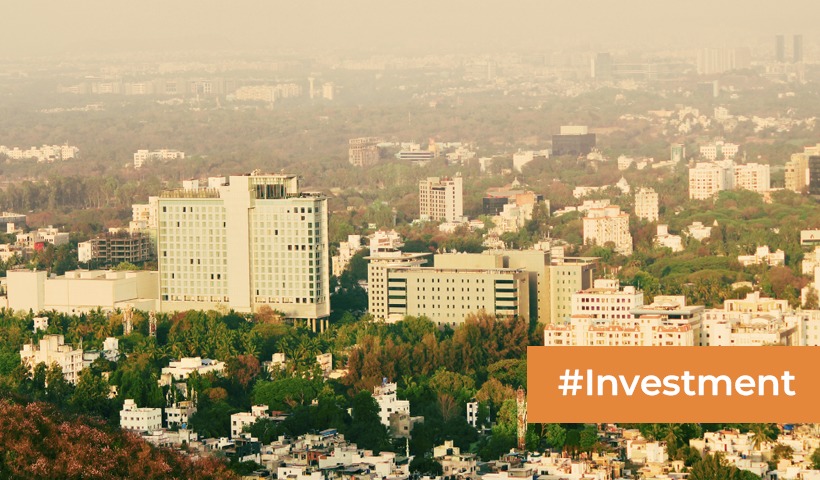Understanding the Dip in Affordable Housing Demand in India!
Affordability is crucial in developing nations like India, especially when it comes to acquiring essential goods like housing and real estate. In contrast to the middle and higher classes, the demand for inexpensive homes in India has drastically decreased recently, according to statistics from real estate research organizations. There is less demand for inexpensive homes.
According to recent research by renowned real estate consultant Knight Frank India, the Reserve Bank of India (RBI) recently increased interest rates by 250 basis points, significantly increasing the cost of mortgages and increasing affordability in India. Sales of homes dropped significantly. This indicated that the RBI rate rise had a significant negative impact on houses in the sub-Rs 50 crore price range. The greater reliance of homebuyers in this category on mortgages and resulting sensitivity to rising interest rates are the main causes of the drop in sales. Mortgage rates are still high, and some banks have increased the minimum interest rate on existing mortgages to 9%, despite the RBI’s temporary stop on rate increases. As a result, many of them are now unable to afford housing due to the rise in EMI.
Only 20%, or just over 46,000 units, of the 2.29 million units sold in the top seven Indian cities in the first half of 2023 were priced under Rs 4 million. 30 percent, or 57,060 units, of the 184 million total homes sold over the same time last year were affordable homes. According to Anuj Puri, chairman of the Anarok Group, “this former mainstay segment’s total revenue share has fallen to around 20% in the first half of 2023, compared to 31% in the same period in 2022.” According to Knight Frank’s research, over the past year, EMI charges have increased significantly in the nation’s biggest cities. The EMI-to-income ratio has increased by around 1-2 percentage points, according to the research, partly as a result of the central bank’s 250 basis point increase in interest rates since last year.
The aggressive interest rate increases by the RBI have severely impacted the demand for inexpensive housing, but have not had a significant impact on mid- and high-end housing. In general, the midrange and premium classes saw solid demand, according to the Knight Frank research. This year, sales of luxury residences costing more than INR 1 million grew to 47,000 units, while sales of homes priced between INR 5 million and INR 1 million increased to almost 59,000 units. “The residential real estate market’s mid-range and premium categories have consistently excelled, pointing to a major change in market structure. However, a 250-basis point increase in rates resulted in an average 2.5% decrease in affordability across areas. While the market has so far held up admirably, more rate increases “may put pressure on homebuyers’ abilities and attitudes.
Disclaimer: The views expressed above are for informational purposes only based on industry reports and related news stories. PropertyPistol does not guarantee the accuracy, completeness, or reliability of the information and shall not be held responsible for any action taken based on the published information.




